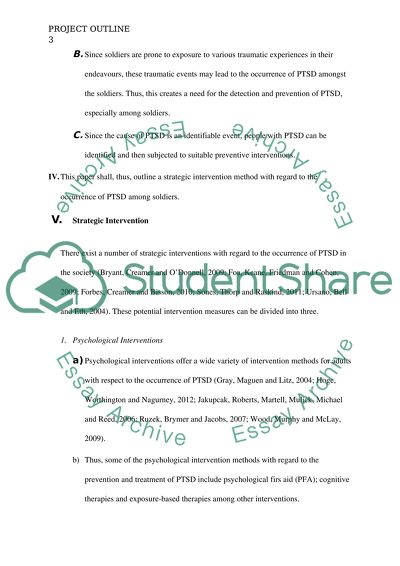Cite this document
(“The Undetected Occurrence of PTSD in Soldiers Assignment”, n.d.)
The Undetected Occurrence of PTSD in Soldiers Assignment. Retrieved from https://studentshare.org/health-sciences-medicine/1601738-fully-articulated-outline-of-strategic-intervention
The Undetected Occurrence of PTSD in Soldiers Assignment. Retrieved from https://studentshare.org/health-sciences-medicine/1601738-fully-articulated-outline-of-strategic-intervention
(The Undetected Occurrence of PTSD in Soldiers Assignment)
The Undetected Occurrence of PTSD in Soldiers Assignment. https://studentshare.org/health-sciences-medicine/1601738-fully-articulated-outline-of-strategic-intervention.
The Undetected Occurrence of PTSD in Soldiers Assignment. https://studentshare.org/health-sciences-medicine/1601738-fully-articulated-outline-of-strategic-intervention.
“The Undetected Occurrence of PTSD in Soldiers Assignment”, n.d. https://studentshare.org/health-sciences-medicine/1601738-fully-articulated-outline-of-strategic-intervention.


